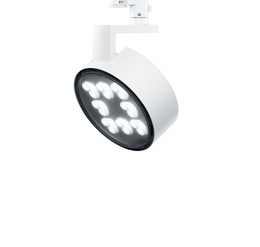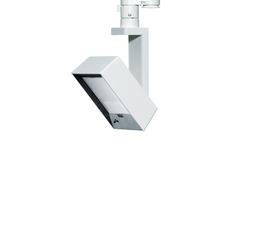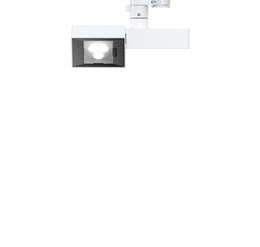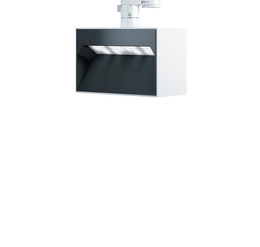Art lives from the diversity of structures, colors and sizes, and just as diverse are the professional lighting tools that impressively display exhibits. Exchangeable lenses for implementing a variety of light distributions are predestined for adapting existing lighting systems with minimum effort. Spotlights precisely dimmed for dramaturgical and conservational needs create a flexible infrastructure for the impressive presentation of art and culture with light.
It is not only artists that select individual strategies for fascinating observers, allowing them to contemplate or even provoking them. Curators also handle atmospheres in their exhibition spaces sensitively and in a differentiated way when displaying and interpreting exhibits with light. If an exhibition changes, in most cases the form of presentation then also changes, which in turn requires a different lighting concept. If for example a cool white cube with wallwashing dominates in an exhibition, the next show may require a dark ambience with dramatic accenting using very narrow light cones. To keep a control on costs with such retrofitting, lighting needs to take this variability into account, and this requires simply exchangeable light distributions on the one hand and convenient controllability on the other.
Because LEDs emit light in a different way to conventional light sources, a new luminaire concept has become available where the optic is aligned on a tool-free lens change element, thus enabling light distributions to be quickly and simply modified according to the needs of the various artworks. A system consisting of three elements has established itself as being flexible, efficient and with safe handling: a silicone lens on the LED chip, a collimator for light-bundling purposes and an exchangeable Spherolit lens.

















